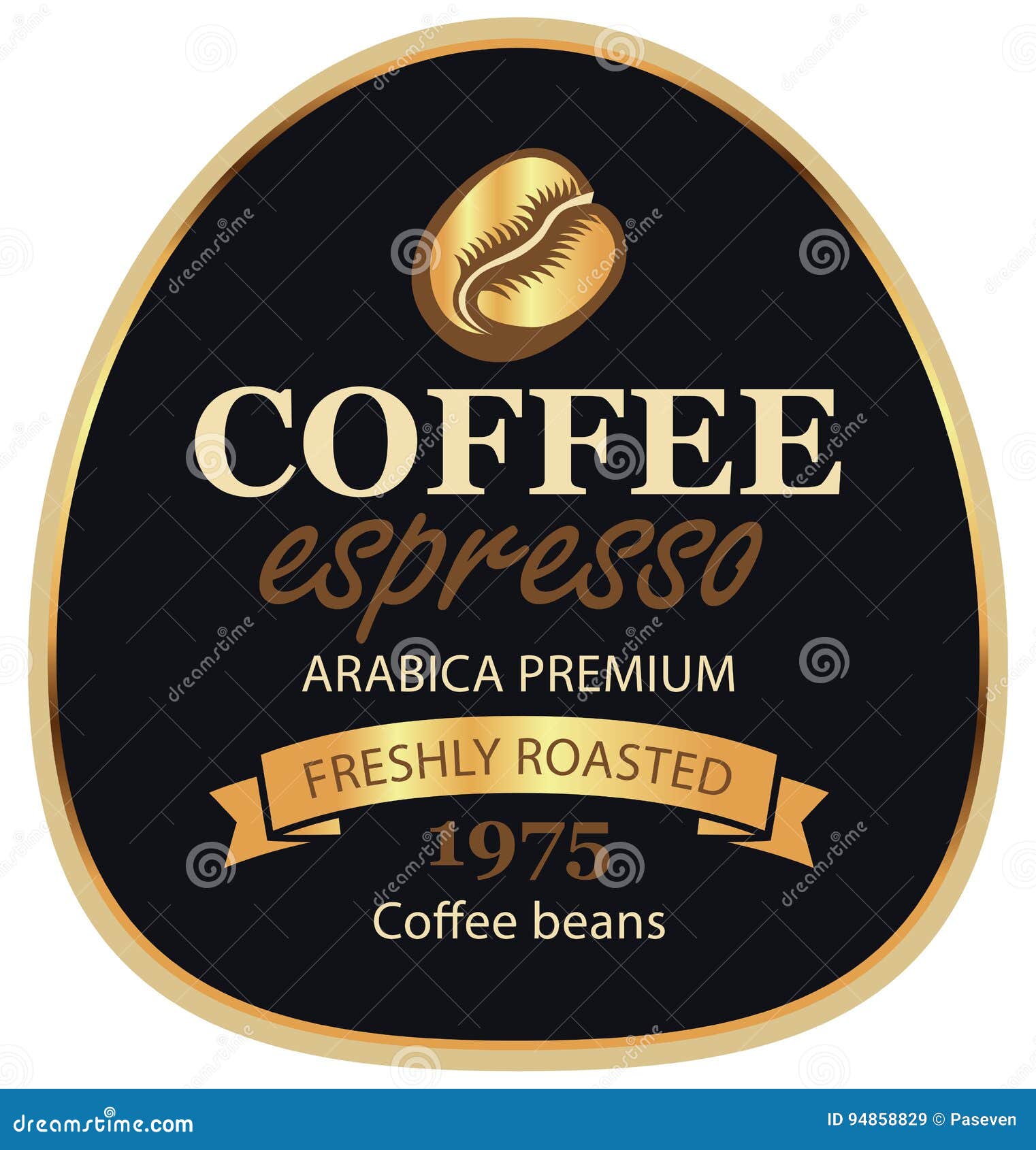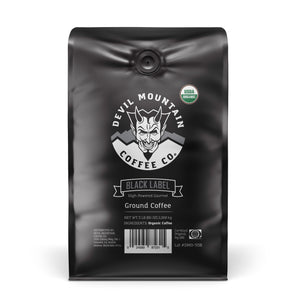
Still, neither did it find a strong link between coffee and a decreased risk of cognitive decline ( 11).įurthermore, another review found an association between coffee intake and a reduced risk of Alzheimer’s disease ( 12).Īs such, more high quality research is needed to better understand how coffee might affect the risk of neurodegenerative conditions. However, no such benefits were found with decaf coffee ( 10).Ī large review found that coffee didn’t appear to increase the risk of cognitive decline. It associated caffeinated coffee with increased mental performance. One observational study in 360 people found that coffee appeared to protect against the progression of Parkinson’s disease ( 9).Īdditionally, a study of observational data examined the coffee intake of over 2,500 people ages 60 and older. In fact, the caffeine it contains is considered a nootropic, or a cognition- or brain-enhancing substance.įor this reason, many researchers speculate whether the beverage could protect against Alzheimer’s disease and age-related cognitive decline. Might protect against neurodegenerative conditionsĬoffee is widely used to promote alertness. Nevertheless, more studies are needed to fully understand how drinking coffee may affect cancer risk. However, this study likewise noted that coffee had no effect on overall cancer risk ( 8). One review of 28 studies on coffee and cancer risk found that the more coffee the study participants drank, the lower their risk of liver cancer and endometrial cancer ( 7).Īnother review observed similar findings but also reported that coffee might reduce colorectal cancer risk. Some evidence shows that drinking coffee may reduce your risk of developing certain types of cancer. There are many ways to brew it.ĭrinking coffee offers several potential benefits. It’s consumed worldwide and a popular morning beverage in the United States. Cold brew coffee generally tastes smoother and is higher in caffeine given the long brew time ( 2, 3).īlack coffee is made by brewing roasted coffee beans in water.

You can strain it using a filter, cheesecloth, or French press. Cold water and ground coffee is left to brew in the refrigerator, often overnight. The coffee is chilled and typically served over ice. Iced coffee can be made from coffee brewed with any method.

While it’s convenient, most people agree that it’s not the tastiest way to enjoy black coffee. It’s made by drying brewed coffee, eliminating the need to remove coffee grounds. Instant coffee refers to coffee crystals that can be mixed into water. You can also purchase a reusable coffee pod and fill it with your own coffee for a more eco-friendly option. Coffee pods can be used in automatic beverage machines like those from Keurig or Nespresso. This method is commonly used for espresso. As the water boils, it’s forced up through the coffee grinds, and brewed coffee collects in the upper chamber. Coffee and water are placed in the bottom of a specialized two-chamber pot on the stove. Many people claim this method releases the most flavor. Then, a plunger is slowly pushed down into the pitcher, forcing brewed coffee up while keeping the grounds trapped below. Hot water and ground coffee steep in a pitcher for a few minutes. You can also purchase hourglass-shaped flasks that use cone-shaped filters. Most electric countertop coffee pots are pour-over style. Hot water is poured over ground coffee in a paper filter, and brewed coffee drips into the pot below. Once you’ve chosen your preferred type of ground coffee, there are several ways to brew it. Because so many varieties of coffee are available, it may take some time and experimentation to find which ones best suit your taste buds. You can grind your own beans from whole, roasted coffee beans, or you can purchase pre-ground coffee. The only two things you need to make black coffee are ground coffee and water. You can also purchase decaffeinated coffee, which is made by chemically processing roasted coffee beans to extract their caffeine content. For example, the type depends on the origin of the beans and how they’re roasted. There are many varieties of black coffee. Black coffee is also used as the base of many drinks, including cappuccinos, lattes, and macchiatos. Many people add creamer, milk, half-and-half, sugar, or sweetener to their coffee to make it creamy, reduce the bitter flavor, or both. It’s favored in the mornings because its caffeine content offers stimulating effects that may help people feel more awake ( 1).

In many countries, including the United States, coffee is typically enjoyed with breakfast. Although coffee is often served hot, it can also be served iced. The beans are ground and soaked in water, which releases their flavor, color, caffeine content, and nutrients. Black coffee is a beverage made from roasted coffee beans.


 0 kommentar(er)
0 kommentar(er)
